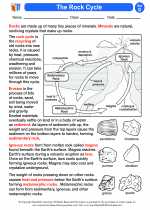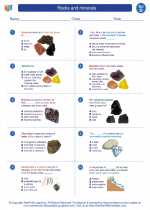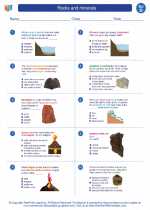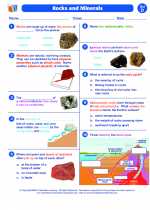MRI Machines
An MRI (Magnetic Resonance Imaging) machine is a sophisticated medical imaging device that uses a powerful magnetic field, radio waves, and a computer to produce detailed images of the organs and tissues within the body. It is a valuable tool for diagnosing a variety of conditions and is non-invasive, meaning it does not require surgery or incisions.
How does an MRI machine work?
When a patient enters the MRI machine, the hydrogen atoms in their body align with the magnetic field. Radio waves are then used to temporarily disrupt this alignment, causing the atoms to emit signals. These signals are detected by the MRI machine and processed by a computer to create detailed cross-sectional images of the body.
What are the uses of MRI machines?
MRI machines are commonly used to diagnose and monitor conditions such as brain and spinal cord injuries, tumors, joint and musculoskeletal disorders, heart and vascular conditions, and more. They can provide detailed images that help doctors understand the nature of a patient's condition and plan appropriate treatment.
Preparing for an MRI scan
Prior to undergoing an MRI scan, patients are usually advised to remove any metal objects, as the powerful magnetic field can interfere with these items. Additionally, patients may need to fast for a certain period of time before the scan, depending on the area of the body being imaged.
What to expect during an MRI scan
During the MRI scan, the patient lies on a motorized bed that moves into the cylindrical MRI machine. They must remain still during the scan to ensure clear images are captured. The machine creates a series of loud knocking or tapping sounds during the scan, but patients are provided with ear protection to minimize discomfort.
Conclusion
Overall, MRI machines play a crucial role in modern medicine, providing detailed diagnostic images without exposing patients to ionizing radiation. They are an essential tool for healthcare professionals in diagnosing and treating a wide range of medical conditions.
For further information, check out this detailed guide on MRI machines.
.◂Science Worksheets and Study Guides Fourth Grade. Rocks and minerals

 Activity Lesson
Activity Lesson
 Worksheet/Answer key
Worksheet/Answer key
 Worksheet/Answer key
Worksheet/Answer key
 Worksheet/Answer key
Worksheet/Answer key
 Worksheet/Answer key
Worksheet/Answer key
 Vocabulary/Answer key
Vocabulary/Answer key
 Vocabulary/Answer key
Vocabulary/Answer key
 Vocabulary/Answer key
Vocabulary/Answer key
 Vocabulary/Answer key
Vocabulary/Answer key
